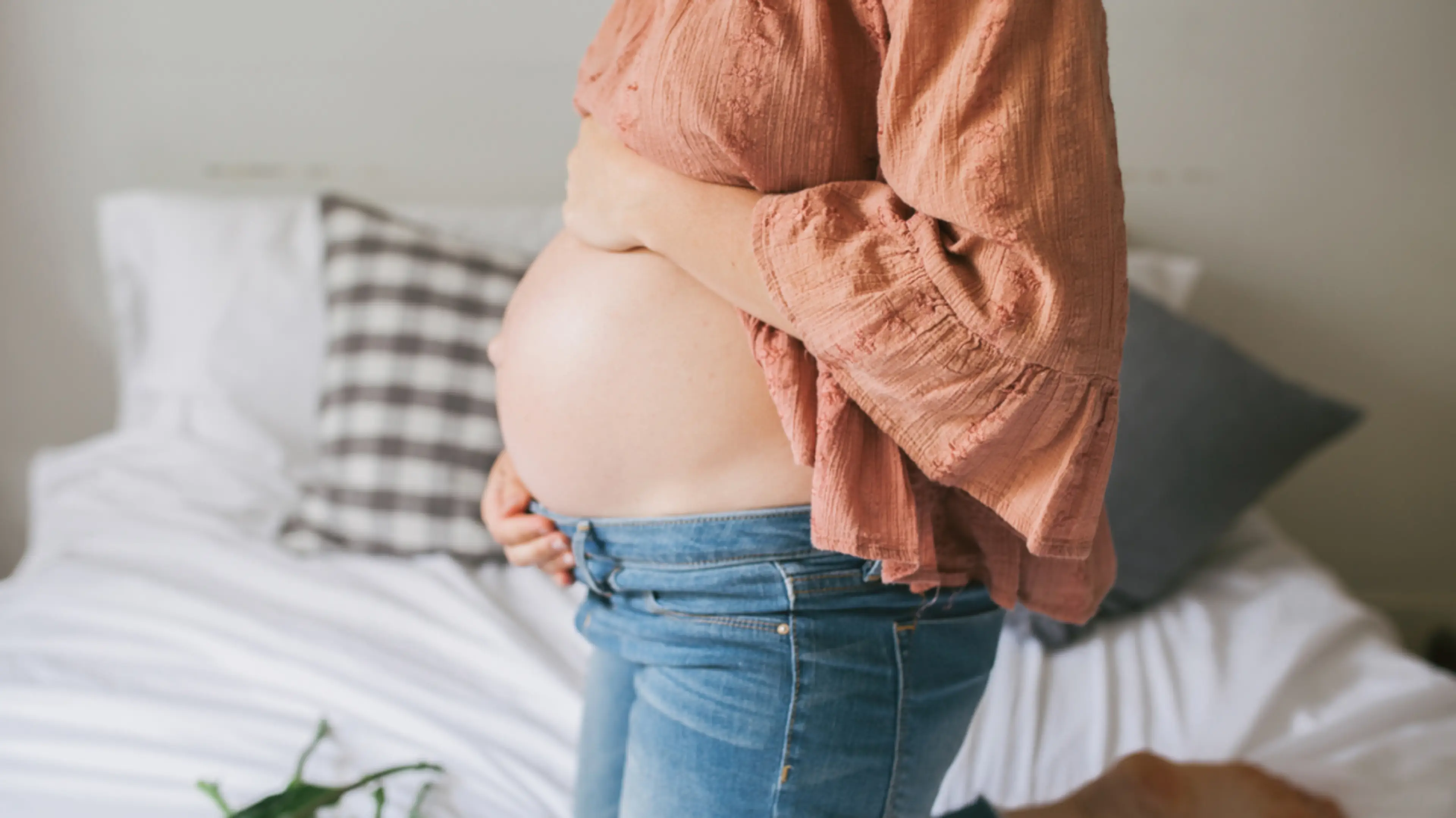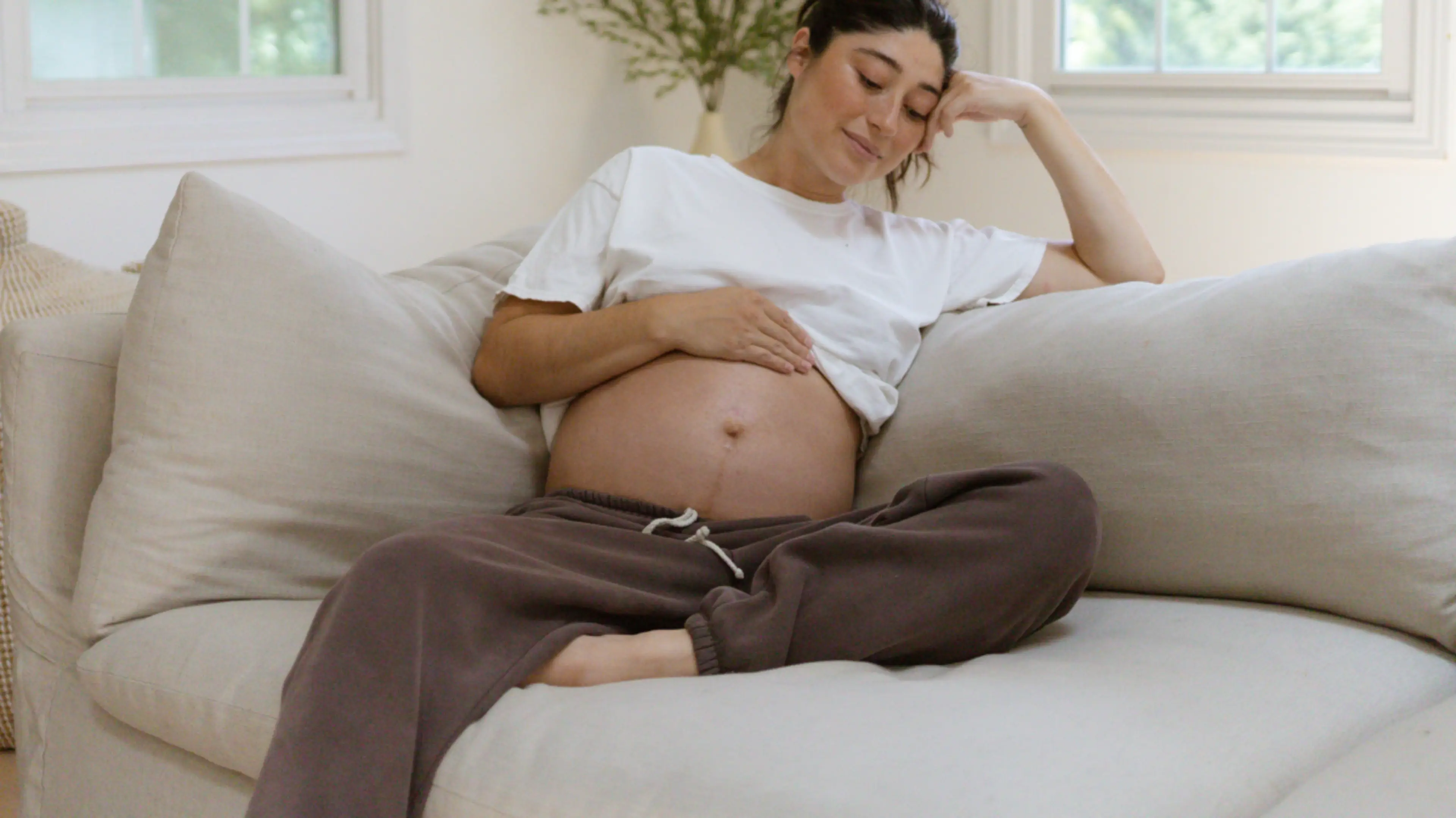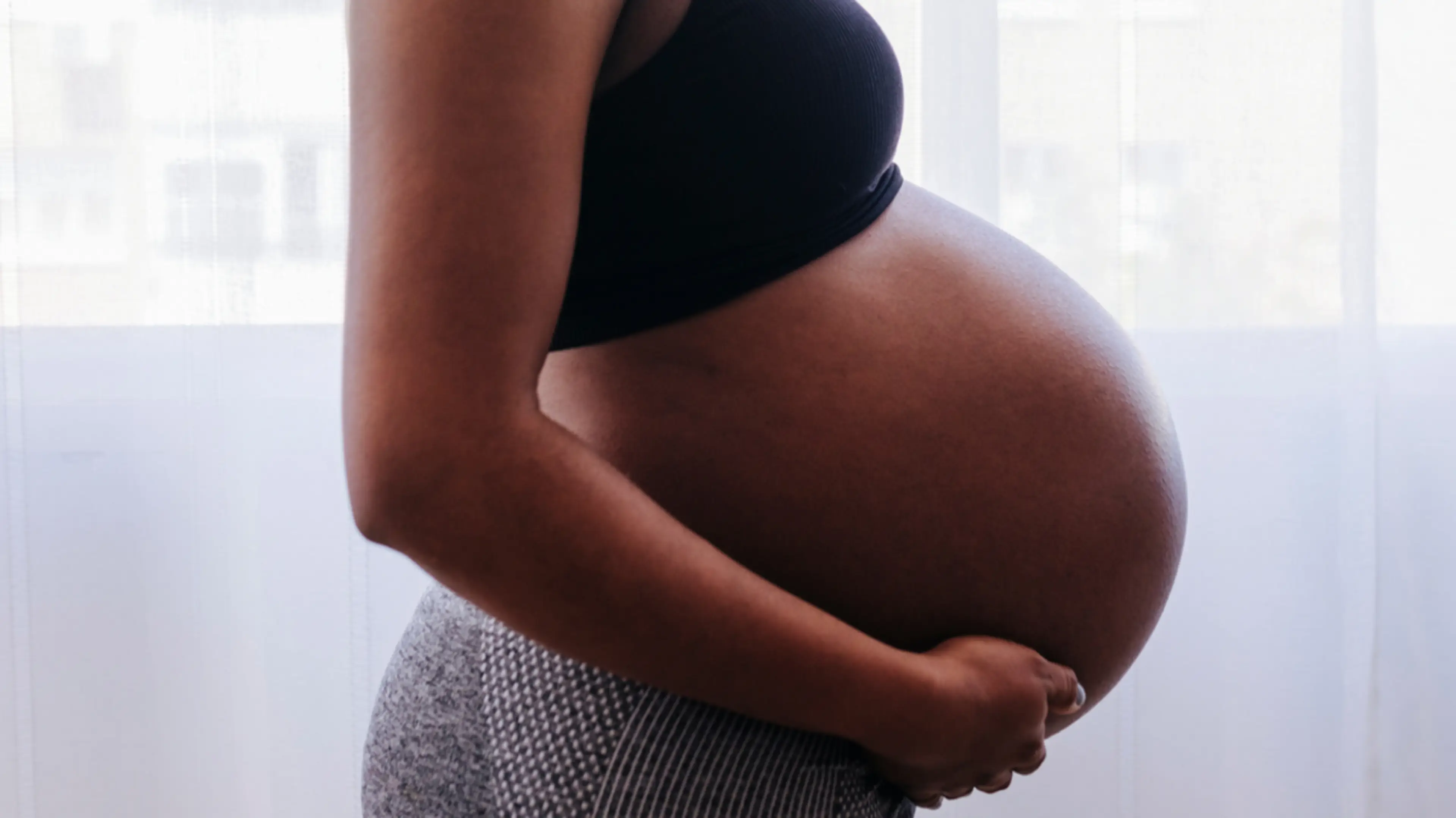When you're not trying to conceive, learning that you're pregnant can be a shock—even if you’re well aware of how biology and human reproduction works. (Which, in this country, isn’t necessarily a fair assumption. But that’s a topic for another day.) But I was actively trying to get pregnant and I still felt that feeling of heartstopping surprise when I saw those two pink lines.
It was ultimately a happy shock, to be sure. My husband and I had really tried. I took oral fertility medication, got an ultrasound to confirm I was ovulating, and followed a doctor-recommended schedule targeted for conception success.
Even so, as I stared down at the test strip with its second faint line, I was stunned. I knelt to counter height, meeting the positive test at eye level. I lifted the test to see how it looked directly under the bathroom light. I held it far from my face, then examined it right in front of my nose—as if it were a Monet painting that might appear differently when viewed at various distances. At every position, the test showed an objectively positive result.
I’d expected to feel butterflies at this moment, but what I actually felt was more of a pit in my stomach. And I had no idea why.
In February 2021, six months before I found myself in my bathroom standing over that pregnancy test, my ob-gyn diagnosed me with polycystic ovary syndrome (PCOS), a highly underdiagnosed hormonal condition that is a leading cause of infertility in women, according to the World Health Organization (WHO)1 .
Six months earlier, I had decided to go off birth control after 15 years of enjoying perfectly scheduled, relatively pain-free 28-day cycles thanks to the pill. I wasn’t trying to get pregnant at that point; I was trying to regulate my system and also reassure myself that I didn’t have any reason to worry that I might have trouble getting pregnant when I was ready to try (or to not not try). I had a gut feeling that it was time for me to get off birth control—that I needed to learn something about myself that would have implications for my family’s future.
I’m so glad I listened to my intuition. For six months, I waited for my period to come, but it never did.
Following six months of post-pill amenorrhea, the clinical term for missed periods, my ob-gyn confirmed via ultrasound that I have polycystic ovaries, which for me meant that my eggs weren’t developing2 to a stage that would signal my ovaries to release them. Basically, my body wasn’t naturally ovulating. This is one symptom of PCOS3 , though the condition can present in a number of ways (not to mention much more research is needed to fully understand and treat it effectively).
As soon as I received this diagnosis, my concern shifted from Why am I not getting a period? to Can I become pregnant? My doctor told me he saw no reason I couldn’t get pregnant and carry to term with a little reproductive endocrinological help. But all I was able to hear was, I can’t get pregnant normally—if at all. This will not be easy for me.
Worrying about the possible difficulty of getting pregnant made me want to be pregnant—and soon. My husband and I made an appointment to see a reproductive endocrinologist to get more information. This doctor also seemed hopeful that my PCOS would not prevent me from getting and staying pregnant. We did baseline fertility testing and genetic testing and everything came back normal (besides my PCOS, of course). So, we started making a plan for how I would get pregnant—a plan we decided to set into motion in a few months after we had moved into our new home.
While the PCOS diagnosis didn’t ultimately change our timeline for when we intended to start trying for a family, the fertility hurdle did lead us to approach the process with more intention.
First, I would try several rounds of letrozole, a medication that research has found effective (along with clomiphene) in stimulating ovulation4 , particularly in people who have PCOS. If that didn’t work, three rounds of IUI would come next. And then we would explore IVF.
The creation of this step-by-step action plan felt empowering, but it also felt like we had an overwhelmingly long and emotionally fraught road ahead. I worked hard to feel fortunate about the many options I had to help me to conceive a baby and my privilege in being able to access them. But in the months that followed, I steeled myself for the path forward, which I accepted could be arduous.
In October of 2021, I took my first round of letrozole, then went in for an ultrasound to confirm I was ovulating, and my doctor essentially prescribed a five-day schedule for me and my husband to—er—get down to business in order to have the optimum odds of conceiving.
Eleven days later, I found myself in my bathroom at 4 am, unable to sleep and ready to take a pregnancy test. It was earlier than the 14 days post-ovulation my doctor specified for taking a test, but the internet had told me that at 11 days post-ovulation, it’s possible to have a positive test. When that faint pink test line revealed itself, I felt disbelief.
When I woke my husband to show him, he couldn’t believe it either. We were too shocked to be overjoyed; too confused to feel elated. Even though we were trying, it felt impossible that we could possibly be so lucky for it to have worked on the very first try. We had mentally prepared ourselves for a long road ahead, but the destination came up so soon. I was pregnant without ever having even gotten my period back after going off birth control over a year earlier.
I took two more tests—both positive. And then he took one, too, as a control (it was negative). The following day, I took another test, and the positive line was darker, which is what happens when levels of the pregnancy hormone, hCG, rise with each passing day. Only after a blood test at my doctor’s office confirmed my early pregnancy did I believe it could be real. It still just seemed impossible that I could be this lucky.
My initial shock about my positive pregnancy test wasn’t really just an unexpected feeling of surprise; it was the presence of fear—of immediately having something to lose. And that duality of fear and love has carried through to my present life.
When my son was born, I would look at his perfect-to-me features—his tiny toenails and gums and earlobes and eyelashes—and feel awestruck by the fact that he exists at all. Now a toddler, his expressiveness and personality—giggles and dancing and singing and clapping—have continued to enrapture me. I work hard every day to welcome the joy with which he fills me and to hold that delight alongside the constant low din of fear that I couldn’t possibly be this fortunate. I try to let the joy live louder than the fear.
From the moment I learned about my pregnancy—and took test after test to confirm it—the fear of losing what I wanted most had the power to consume my thoughts and worries. As my son has grown, that fear has never stopped—and I imagine it won’t.
But I’ve realized the only way I wouldn’t be scared is if I had nothing to lose. So I try to embrace the feeling as evidence of how full of love I feel. The most wonderful things in life are often the hardest to accept—like an unexpected positive pregnancy test that turns into a music-loving, constantly giggling little boy.





























